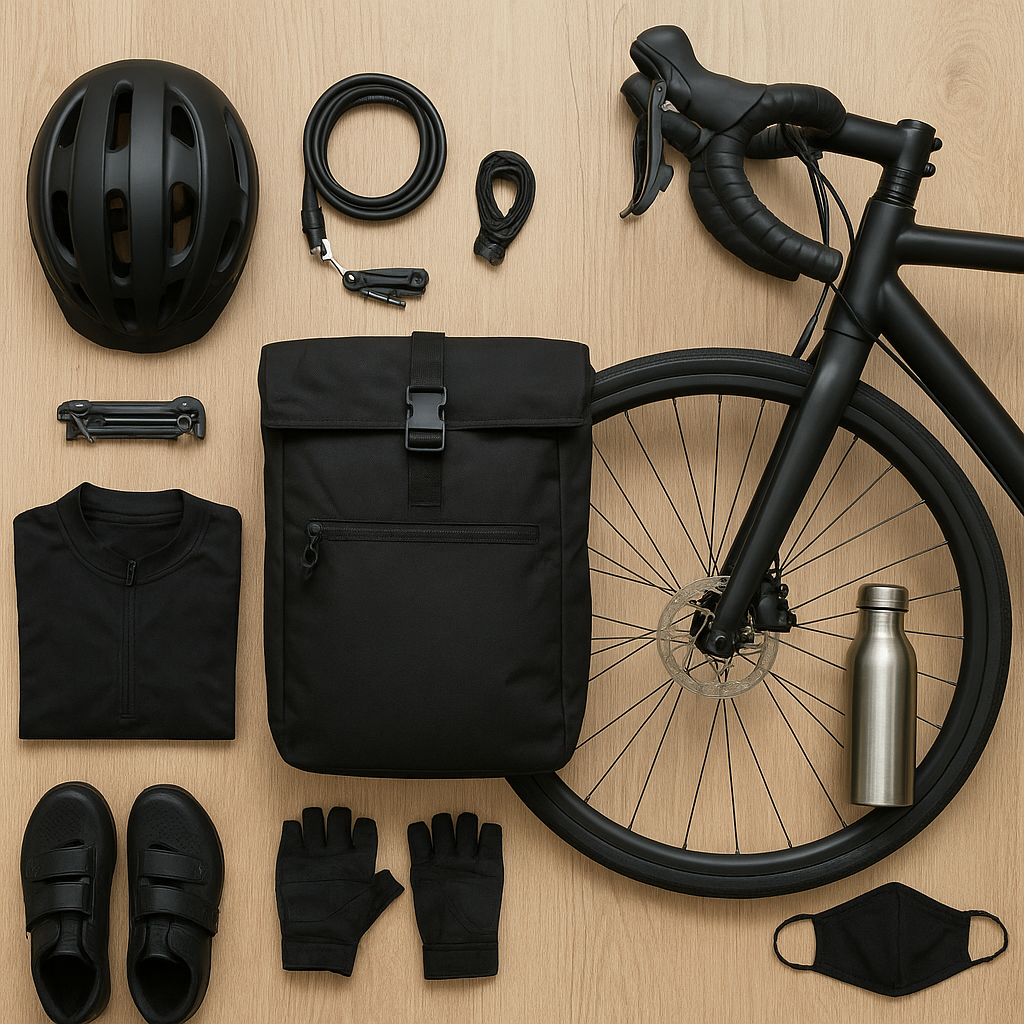Bleeding hydraulic brakes on your bicycle is an essential maintenance task that ensures optimal performance and safety. This process involves removing air bubbles from the brake lines and replacing old brake fluid with fresh fluid. In this article, we will guide you through the steps required to bleed hydraulic brakes on your bicycle, providing detailed instructions and tips to make the process as smooth as possible.
Understanding Hydraulic Brakes
Before diving into the bleeding process, it’s important to understand how hydraulic brakes work. Hydraulic brakes use fluid to transfer force from the brake lever to the brake caliper. When you squeeze the brake lever, it pushes fluid through the brake lines, which in turn pushes the brake pads against the rotor, creating friction and slowing down the bike.
Components of Hydraulic Brakes
Hydraulic brake systems consist of several key components:
- Brake Lever: The part you squeeze to activate the brakes.
- Brake Lines: Tubes that carry the brake fluid from the lever to the caliper.
- Brake Caliper: The mechanism that houses the brake pads and pushes them against the rotor.
- Brake Pads: The components that create friction against the rotor to slow down the bike.
- Rotor: The disc attached to the wheel that the brake pads clamp onto.
- Brake Fluid: The fluid that transfers force from the lever to the caliper.
Tools and Materials Needed
To bleed your hydraulic brakes, you will need the following tools and materials:
- Bleed kit (specific to your brake system)
- Fresh brake fluid (check your bike’s manual for the correct type)
- Allen wrenches
- Torx wrenches (if applicable)
- Clean rags or paper towels
- Isopropyl alcohol
- Gloves
- Safety glasses
Step-by-Step Guide to Bleeding Hydraulic Brakes
Step 1: Prepare Your Work Area
Start by setting up a clean and organized work area. Make sure you have all the necessary tools and materials within reach. It’s also a good idea to wear gloves and safety glasses to protect yourself from brake fluid, which can be harmful to your skin and eyes.
Step 2: Remove the Wheel
Remove the wheel from your bike to gain better access to the brake caliper. This will also prevent any brake fluid from contaminating the rotor or brake pads.
Step 3: Position the Bike
Position your bike so that the brake lever is higher than the caliper. This will help any air bubbles rise to the top of the brake system, making it easier to remove them during the bleeding process.
Step 4: Attach the Bleed Kit
Attach the bleed kit to the brake lever and caliper according to the manufacturer’s instructions. This usually involves connecting a syringe or funnel to the bleed port on the lever and another syringe to the bleed port on the caliper.
Step 5: Remove Old Brake Fluid
Use the syringe or funnel at the brake lever to push old brake fluid through the system and into the syringe at the caliper. Be sure to keep an eye on the fluid level in the funnel or syringe to avoid introducing air into the system.
Step 6: Add Fresh Brake Fluid
Once the old brake fluid has been removed, add fresh brake fluid to the system. Continue to push fluid through the system until you see clean, bubble-free fluid coming out of the caliper.
Step 7: Close the Bleed Ports
Close the bleed ports on both the brake lever and caliper. Make sure they are securely tightened to prevent any leaks.
Step 8: Clean Up
Use isopropyl alcohol and clean rags or paper towels to wipe away any spilled brake fluid. Be sure to clean the brake lever, caliper, and any other areas that may have come into contact with the fluid.
Step 9: Reinstall the Wheel
Reinstall the wheel and check that the brake pads are properly aligned with the rotor. Squeeze the brake lever a few times to ensure that the brakes are functioning correctly and that there are no leaks.
Tips for Successful Brake Bleeding
Here are some additional tips to help you successfully bleed your hydraulic brakes:
- Follow the Manufacturer’s Instructions: Always refer to your bike’s manual and the bleed kit instructions for specific guidance on your brake system.
- Work Slowly and Carefully: Take your time and work methodically to avoid introducing air into the system or spilling brake fluid.
- Use the Correct Brake Fluid: Different brake systems require different types of brake fluid. Using the wrong fluid can damage your brakes and void your warranty.
- Check for Leaks: After bleeding your brakes, check for any signs of leaks around the bleed ports and brake lines. If you notice any leaks, tighten the connections and recheck.
- Test Your Brakes: Before riding your bike, test the brakes to ensure they are working properly. Squeeze the brake lever firmly and check for any sponginess or lack of responsiveness.
Common Issues and Troubleshooting
Even with careful attention to detail, you may encounter some common issues when bleeding your hydraulic brakes. Here are a few troubleshooting tips:
Spongy Brake Lever
If your brake lever feels spongy after bleeding, there may still be air trapped in the system. Repeat the bleeding process, making sure to remove all air bubbles.
Brake Fluid Leaks
If you notice brake fluid leaking from the bleed ports or brake lines, check that all connections are securely tightened. If the leaks persist, you may need to replace damaged components.
Brake Pads Not Engaging
If the brake pads are not engaging with the rotor, check that the caliper is properly aligned and that the brake pads are correctly installed. You may also need to adjust the brake lever reach.
Conclusion
Bleeding hydraulic brakes on your bicycle is a crucial maintenance task that ensures your brakes perform at their best. By following the steps outlined in this guide and taking your time, you can successfully bleed your brakes and enjoy a safer, more responsive ride. Remember to always refer to your bike’s manual and the bleed kit instructions for specific guidance, and don’t hesitate to seek professional help if you encounter any issues.












